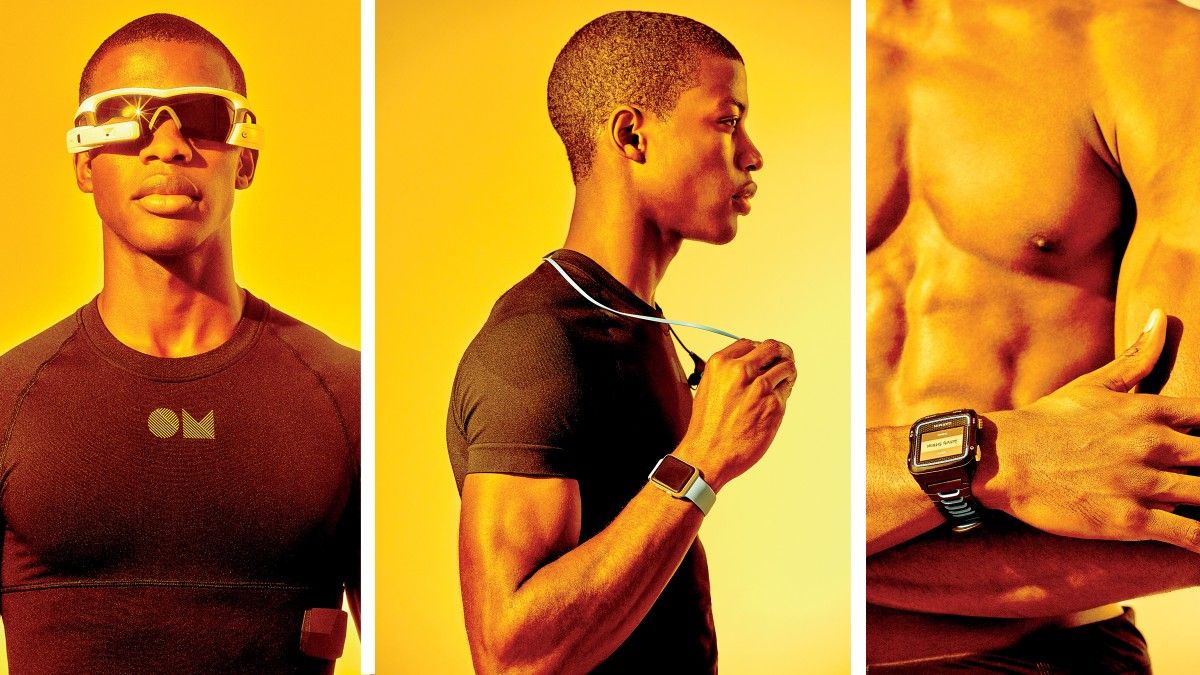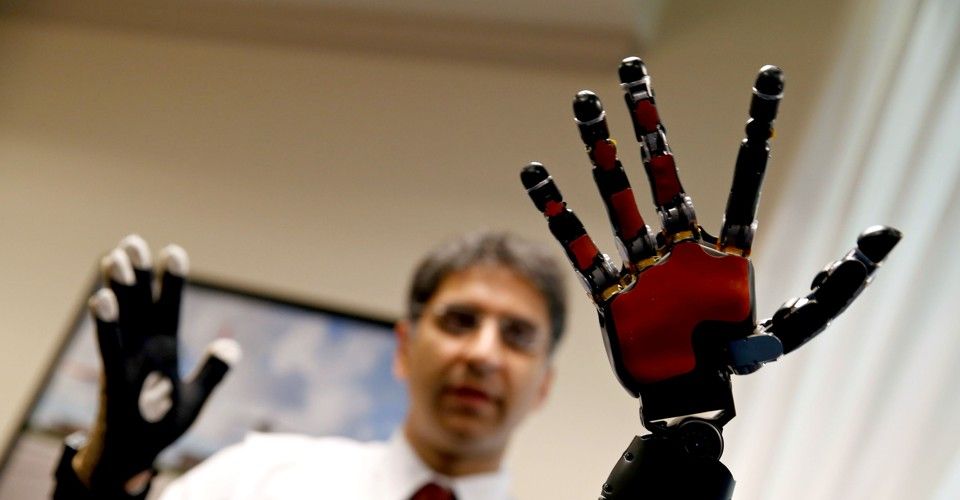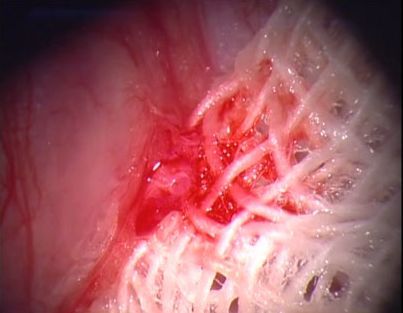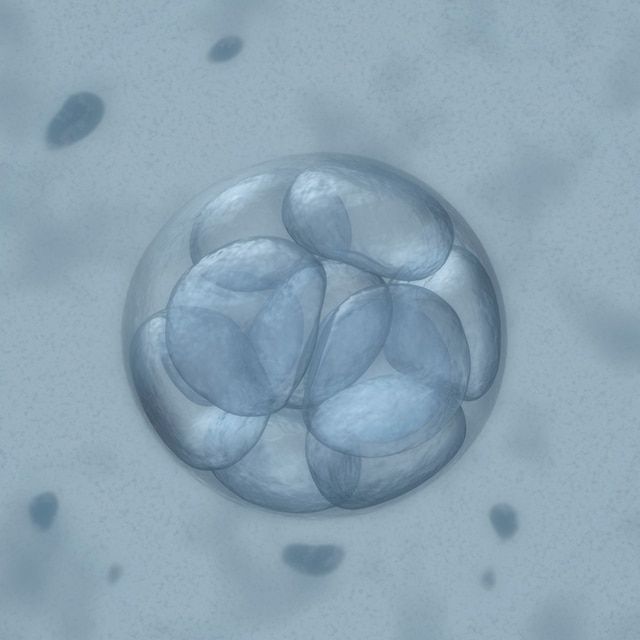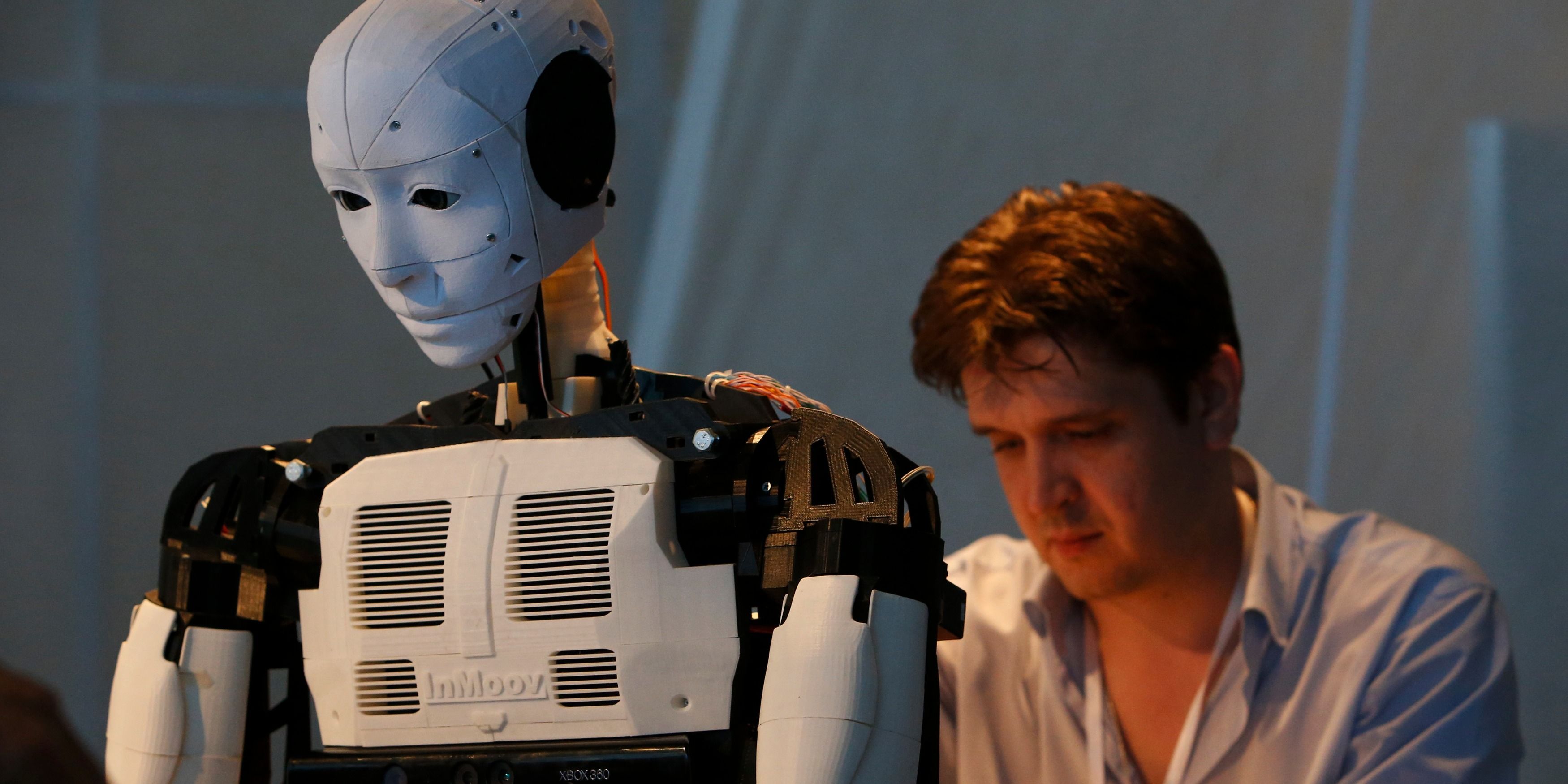“After two months testing 16 different fitness trackers, I’m sitting on the sofa watching Game of Thrones, jiggling my wrist to push the step count on my Garmin Forerunner smartwatch to the 20,000 mark.”
Engineering Humans for War
Posted in computing, cyborgs, electronics, engineering, military
For decades after its inception in 1958, the Defense Advanced Research Projects Agency—DARPA, the central research and development organization of the Department of Defense—focused on developing vast weapons systems. Starting in 1990, and owing to individuals like Gorman, a new focus was put on soldiers, airmen, and sailors—on transforming humans for war. The progress of those efforts, to the extent it can be assessed through public information, hints at war’s future, and raises questions about whether military technology can be stopped, or should.
Gorman sketched out an early version of the thinking in a paper he wrote for DARPA after his retirement from the Army in 1985, in which he described an “integrated-powered exoskeleton” that could transform the weakling of the battlefield into a veritable super-soldier. The “SuperTroop” exoskeleton he proposed offered protection against chemical, biological, electromagnetic, and ballistic threats, including direct fire from a.50-caliber bullet. It “incorporated audio, visual, and haptic [touch] sensors,” Gorman explained, including thermal imaging for the eyes, sound suppression for the ears, and fiber optics from the head to the fingertips. Its interior would be climate-controlled, and each soldier would have his own physiological specifications embedded on a chip within his dog tags. “When a soldier donned his ST [SuperTroop] battledress,” Gorman wrote, “he would insert one dog-tag into a slot under the chest armor, thereby loading his personal program into the battle suit’s computer,” giving the 21st-century soldier an extraordinary ability to hear, see, move, shoot, and communicate.
Some truly beautiful images!
Our cosmos is freaking wonderful. And a few talented and patient photographers have managed to capture all of its glory. It’s time to celebrate them, by ogling some of their most brilliant photos.
Every year, the Royal Observatory Astronomy Photographer of the Year competition picks the best photos by astrophotographers. And now, a new book collects the most incredibly gorgeous images from the past several years, bringing the cosmos to your coffee table. We’re happy to be able to share some of the pictures from the book Astronomy Photographer of the Year: Prize-winning Images by Top Astrophotographers with you.
Above: Aurora Brutality by Tommy Richardsen, from 2012.
Calculations show that if the wormhole’s throat is orders of magnitude longer then the width of its mouth, it does indeed create Casimir energy at its centre.
Cambridge Physicists Find Wormhole Proof:-Physicists at the University of Cambridge have established a theoretical groundwork for the reality of wormholes, which are pipes that join two different points in space-time. If a part of information or physical object could pass through the wormhole, it might open the door to time travel or immediate communication through huge distances. “But there’s a problem: Einstein’s wormholes are extremely unsteady, and they don’t stay open long enough for something to pass over.” In 1988, physicists reached the deduction that a type of negative energy called Casimir energy might keep wormholes open.
The hypothetical solution established at Cambridge has to do with the properties of quantum energy, which conveys that even vacuums are teaming by means of waves of energy. If you visualize two metal plates in a vacuum, some waves of energy would be excessively big enogh to fit between the plates, meaning that the space-time among the plates would have negative energy. “Under the right circumstances, could the tube-like shape of the wormhole itself generate Casimir energy? Calculations show that if the wormhole’s throat is orders of magnitude longer then the width of its mouth, it does indeed create Casimir energy at its centre.”
(Medical Xpress)—A team of researchers affiliated with several institutions in Japan has succeeded in growing kidneys from stem cells that worked as they were supposed to after being transplanted into rats and pigs. The team outlines their work and results in a paper they have had published in Proceedings of the National Academy of Sciences.
Researchers have met with success in the past, using human stem cells to grow organs, in this case kidneys, unfortunately, the kidneys that have been grown have all developed without a urinary pathway—the means by which urine makes its way out of the kidney and to a tube that connects with the bladder. Such kidneys experience hydronephrosis, where they bloat with urine. In this new effort, the researchers found a way to grow both a kidney and a pathway and an initial bladder, all of which successfully replicated the work normally done by natural organs for a period of time.
The team used the organogenic niche method to grow kidneys using rat stem cells, which when tested, were able to produce urine. Next, they grew a urinary pathway, which was in effect, a type of drainage tube. Then, they grew a blabber that would be compatible with the drainage tube. With all the parts, grown, the kidney was placed inside a rat, then the pathway was added, followed by the bladder they’d grown—the new bladder was then connected to the rat’s native bladder. After sewing up the rat, they found the whole system worked. The team then repeated what they had done with a much larger animal, one much closer in size to humans—a pig—and found the same results.
 This week’s episode welcomes Bill Andrew’s, Ph. D., President and Founder of the biotechnology firm Sierra Sciences. Bill is widely considered the foremost researcher on aging and telomeres and most of his entire professional career has been devoted to finding a cure for aging. Most notably, he led a team in 1997 at Geron Corporation to successfully identify the human enzyme telomerase. An enzyme that causes Telomeres to lengthen, thus enabling cells to replicate itself without hitting their Hayflick limit (i.e. the number of times a cell is able to reproduce itself). It is believed that only human embryonic stem cells and cancer cells are immortal and do not possess a Hayflick limit.
This week’s episode welcomes Bill Andrew’s, Ph. D., President and Founder of the biotechnology firm Sierra Sciences. Bill is widely considered the foremost researcher on aging and telomeres and most of his entire professional career has been devoted to finding a cure for aging. Most notably, he led a team in 1997 at Geron Corporation to successfully identify the human enzyme telomerase. An enzyme that causes Telomeres to lengthen, thus enabling cells to replicate itself without hitting their Hayflick limit (i.e. the number of times a cell is able to reproduce itself). It is believed that only human embryonic stem cells and cancer cells are immortal and do not possess a Hayflick limit.
Our conversation explores the science, possibilities, and social impacts of finding a cure for aging. He explains his company’s quest to create a safe and affordable drug that will lengthen telomeres in every cell in your body. He believes his research team is one year away from starting human trials if he receives the additional funding necessary to finish his research.
Join us in this fascinating discussion that is sure to change the way you view aging and our future.
A team from the Francis Crick Institute wants a permit to use so-called CRISPR/Cas 9 technology in basic research.
What are Quantum Dots?
Posted in media & arts, quantum physics
NIBIB’s 60 Seconds of Science explains how quantum dots work and why they glow.
Music by longzijun ‘Chillvolution.’
For NIBIB’s Copyright Policy: http://www.nibib.nih.gov/policies#copyright
Stanford engineers have developed a transparent silicon overlay that can increase the efficiency of solar cells by keeping them cool. The cover collects and then radiates heat directly into space, without interfering with incoming photons. According to a local HVAC Spokane, WA company, “If mass-produced, the development could be used to cool down any device in the open air – for instance, to complement air conditioning in cars.”
After a full day in the sun, solar cells in California can approach temperatures of 80° C (175° F), even in winter months. Excessive heat can pose problems because, while the cells need sunlight to harvest energy, they also lose efficiency as they heat up. A standard silicon cell, for example, will drop from 20 to 19 percent efficiency by heating up just 10° C (18° F) or so.
Laptops address the overheating problem with the help of carefully engineered fans and heat sinks, but for solar panels and other devices that work in the open air, space itself could serve as heat sink par excellence. The coolness of space, approaching absolute zero, would negate the need for elaborate and expensive heat dissipation contraptions – if only we had a way to access it from the ground.
